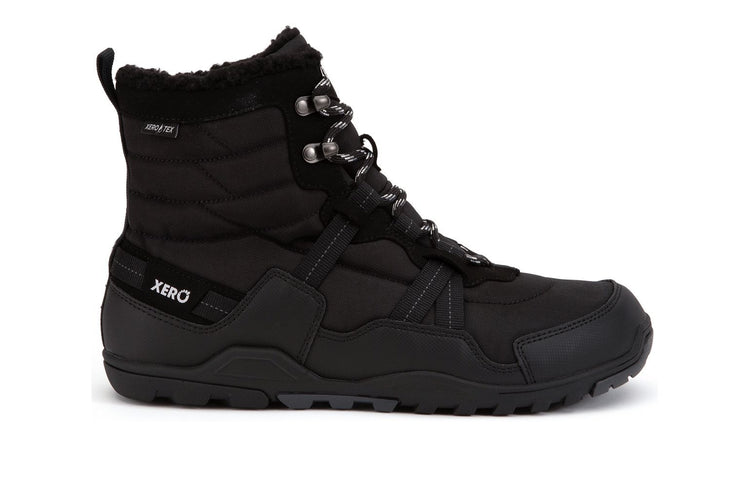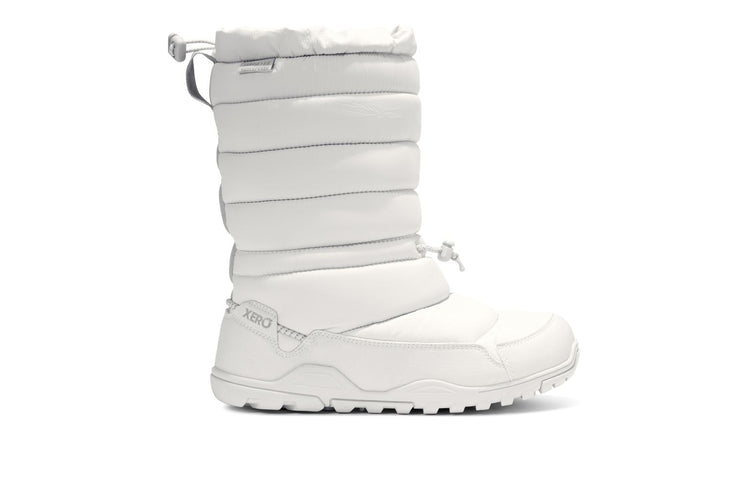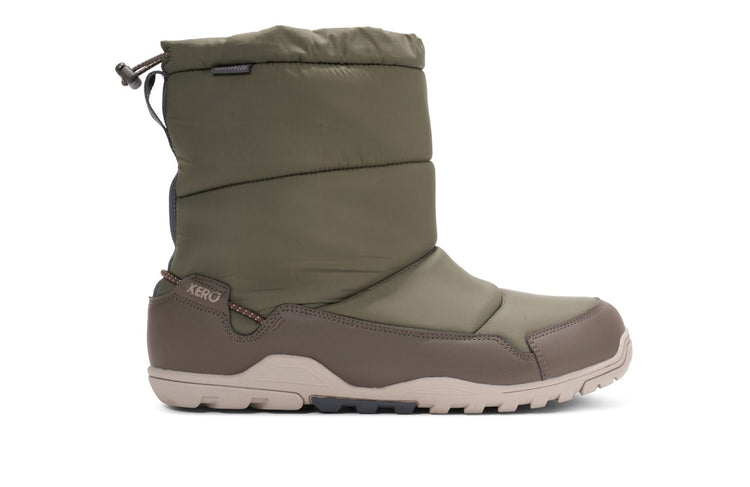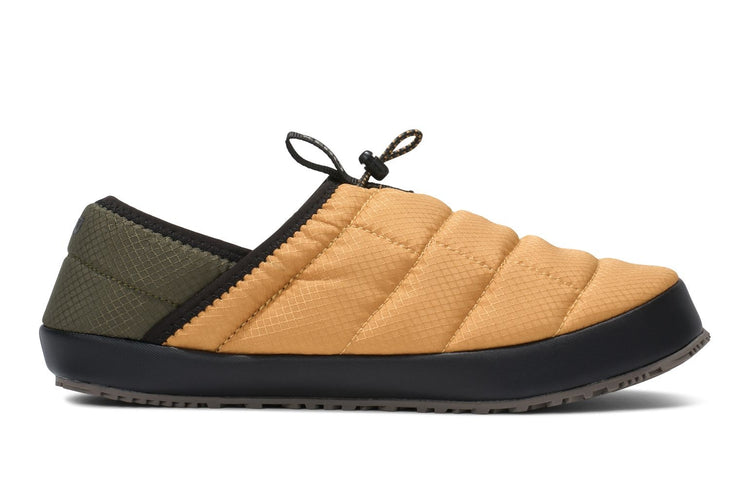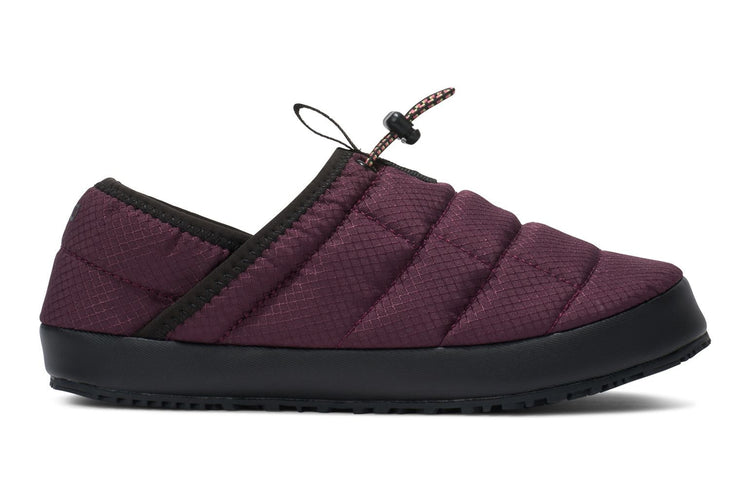latest News
Can you really run in huaraches?
When you're used to hanging out with barefoot runners or, at least, with people who've read Born To Run, you forget how "normal people" think.One of the questions I'm most asked by non-barefoot people is: "Can you really run in those?"What amazes me about this question is not how people have forgotten that, for tens of thousands of years, this is exactly what humans wore to run. What amazes me is that I'm usually asked this question by someone who has been watching me run in my Xero Shoes.Silly humans.Well, don't just take my word for it, though.Check out this great race report by Alan Thwaits and see that, yes, you can run in these ;-)
Long distance running in huaraches
About once a week I get a call or an email from someone who asks, "Can you run in Xero Shoes for long runs?"I usually point out to them that the Tarahumara are known for running ultra-marathons in huaraches, so, Yes.But some people respond, "Sure, but I'm not a Tarahumara Indian."True (but not necessarily relevant).So, how bout a hometown boy who just ran in his Xero Shoes huaraches... for SIXTY-EIGHT MILES!Read the rest of the thread about his run in the archive of the Runners World Barefoot Running forum
Another way to tie huaraches Tarahumara running sandals
Raymond Mack devised a "thong-style" method of tying huaraches running sandals. I haven't tried out the tying method yet, but this video makes me want to go to the beach ;-)
A new way to tie your huarache running sandals
Sonja came up with this novel way to tie your huarache running sandals that doesn't involve a cord coming up between your toes. As she points out, one potential drawback is that your foot can more easily shift forward on the sole compared to what happens when you have the cord between your toes... but, especially for people who have real trouble with that toe cord, or with the knot, you may want to try this out. I LOVE that people are getting so creative with huaraches!
Does knowing how to make huaraches running sandals give you super powers?
Having now made hundreds of pairs of huarache barefoot running sandals, and having spoken with many others who've done the same, I'm here to report a startling fact.Knowing how to make your own shoes -- even making minimalist running shoes like Tarahumara-style huaraches -- definitely gives you super powers.Oh, I don't mean the ability to leap tall buildings in a single bound (or even two or three bounds), or the power to fly, or the fun of invisibility... instead, I'm talking about something much super-er:The knowledge that you can make your own shoes!If you haven't yet made your own running sandals, you probably don't know what I mean. You probably don't get why I would say that being able to make some running sandals is a super power.But, I assure you, that's only because you haven't done it yet.After I made my first pair of huaraches, and was walking around in shoes that I MADE with my own 2 hands, I was overcome by a profound sense of self-reliance, a comforting knowledge, a feeling of value... just knowing that, if things get bad, I can make shoes for myself and others.And in a way that I can't explain, that knowledge felt like having a super power.I don't have to explain it to other people who've made their own barefoot running shoes; they've told me they have had a similar experience.It's like growing your own food... there's something really comforting about knowing you can take care of one of your basic needs.So, if you haven't yet, I highly encourage you to see what I mean and develop the super power of making your own huaraches running sandals. And, honestly, I'm not just saying that because I'm in the biz... it's such a fun feeling, I want you to have it yourself. (But, hey, if you just want me to increase my super powers and order custom-made huaraches, that's okay with me ;-) )Anyone else want to chime in about what it was like when you developed your super power?The content of this post does not constitute and is not intended to be a substitute for professional medical advice, diagnosis or treatment. Always seek the advice of a physician or other qualified health provider with any questions or concerns you may have about your health or a medical condition.
Barefoot Jason's Xero Shoes Pre-view
Here's a "pre-review"from Barefoot Jason of our original Vibram Cherry DIY Kit back when we were still called Invisible Shoe! -- http://barefootjason.blogspot.com/2010/04/invisibleshoescom-huaraches-first.html Invisibleshoe.com Huaraches First Impressions and Kickoff to 100 Miler Training I received my invisibleshoe.com huaraches yesyerday. I have been communicating with Steven Sashen for a few months as I love supporting anyone that is contributing to the barefoot/minimalist shoe movement. Steven started invisibleshoe.com to produce custom made huaraches and do-it-yourself huarache kits. I'll give more details about him in my full review in a few days. The huaraches I received are made of 4mm Vibram Cherry rubber and polypropylene and nylon lace. I chose neon pink for the lacing. Why? I thought it would be fun. Based on the looks I got while on my run today, "fun" may be the wrong word. :-) My run today was a 10 miler on gravel roads... my most difficult test of a minimalist shoe. The huaraches performed well. I was surprised they worked as well as they did. I will give much more detail in my full review, but Stevens huaraches have vaulted themselves to the upper echelon of my growing stable of minimalist shoes. The run itself was the second of a 20 mile/10 mile back-to-back. Yesterday's 20 miler was at about ultra pace and went well. Today's run was more of a near-tempo run. I managed to finish the 10 miles with a 7:42 pace (1:17 total time.) Fitness for this early in the year is very good. If I can maintain steady improvement, I should be in an excellnt position to finish well at Burning River at the end of July. Thanks Jason! (and good luck with the training/racing!)
The Tarahumara Go Running for DAYS
About once or twice a week, someone emails me and asks: Doesn't the string between your toes hurt or cause blisters? After crafting a number of long-winded answers, I finally realized the simplest one: Remember, the Tarahumara Indians run in huaraches for hours and hours... sometimes for DAYS at a time. Clearly, you couldn't spend hours, or days, in barefoot running sandals if they caused damage to your feet. That said, it doesn't mean you can just put on some Invisible Shoes and go for a 24 hour run without a problem. In the same way that you wouldn't wear a new pair of running shoes for the first time on a 20 mile run, you don't want to wear your huaraches too much until you know you've adjusted to them. And "adjusting to them" means: Finding the right tension in the lacing Adjusting your stride since you can't land hard on your heel Remembering that wearing huaraches is a LOT like being barefoot, but with a surface that's really comfortable What allows the Tarahumara (or anyone who is comfortable in huaraches) to go for a long time without any issues is a combination of factors. Since I'm in the mood for a list, let me list them: ;-) With proper barefoot running form, you don't put a lot of horizontal force on the ground. You don't "pull" with your feet the way you can do with running shoes, or even with something like flip-flops. So, you don't create the kind of force that leads to friction and abrasion. Since huaraches don't offer the kind of padding that shoes or flip-flops or other sandals do, you're less likely to overstride (whether you're walking or running) and, again, you have less horizontal/abrasion-causing force. Oh, and you're less likely to do it, because overstriding HURTS... so you quickly get the hint to CHANGE SOMETHING! ;-) I'm sure I left something off the list... suffice it to say, there's nothing inherent in huaraches that should cause you any pain. Like most things in life, the problems arise when we overdo it, don't listen to the signals from our body, or choose to argue with reality instead of adjusting to it. The content of this post does not constitute and is not intended to be a substitute for professional medical advice, diagnosis or treatment. Always seek the advice of a physician or other qualified health provider with any questions or concerns you may have about your health or a medical condition.
How to tie huaraches sandals - 3 new ideas!
There are so many ways to tie huaraches barefoot running sandals.I want to show you two cool pictures that'll probably give you more ideas of your own.First, Zach Bergen didn't want the knot between his toes (even though you'll probably never feel it, since it's in between your toes and flattens out pretty quickly). So with a bit of thinking, he came up with this solution:(notice the knot on the TOP side of the running sandal)Then, here are 2 stylish knots, one invented by my wife (and huaraches walker) Lena Phoenix, and the other invented by me when I couldn't remember what Lena invented ;-):For the first one, tie your huaraches the way you normally do. You'll have a loop pointing toward your toes (see Zach's picture, above). Then take the "leftover" lace and just repeatedly loop it around the toe loop (think about threading a needle, over and over).For the second one, just take the leftover and encircle the toe loop, over and over. The "trick" it to make each revolution below the previous one.I'll make a video with these if I have to (do I have to?).
Hurache running sandals. Hurraches for running.
You may note my weird spelling of "huaraches" as hurrache and hurache (or if you're using both feet, hurraches and huraches ;-) ) Regardless of the spelling, if you want to run barefoot, you need to try a pair of these minimalist running shoes. Why? Well, they're the closest thing to barefoot, but with the protection a real shoe (here at Xero Shoes we use 4mm Vibram Cherry, as well as both 4mm and 6mm of our own FeelTrue Rubber for the sole material... it's exceptionally light and quite sturdy). You may have heard about hurraches (I'm going to use all the weird spellings I've seen), in Chris McDougall's book, Born to Run. I knew about them before reading that book, but as a sprinter, it never occurred to me to make a pair for myself. I'm glad I did. I use my huraches to warm up for sprinting -- I'll run a mile or two on the track and even use them for intervals. In fact, it's kind of funny, but sprint spikes are a lot like hurrache -- all they are is a thin layer of something between your feet and the track. The difference is that the sole on sprint spikes is very rigid, compared to the incredibly flexible hurache sole. Oh, that and the spikes ;-) Since you can see that I give away the entire plans for how to make huaraches I care more that you do something to try running barefoot (well, protected barefoot). Personally, I can say that I never liked running more than 100 meters until I tried barefoot running. And once I put on my huarraches, I was going everywhere in my minimalist shoes. My wife walks around in her hurraches, too. And, with some loose socks, you can wear them in colder weather than you might imagine.


